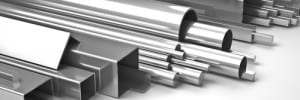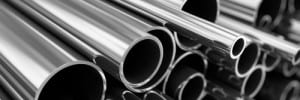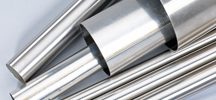
Stainless steel is a commonly used material in applications ranging from medical instruments or chemical storage to transport or power generation because of its high corrosion resistance, hygiene, and strength. While there are more than 3,500 grades of steel, not all stainless steel grades are created equally.







